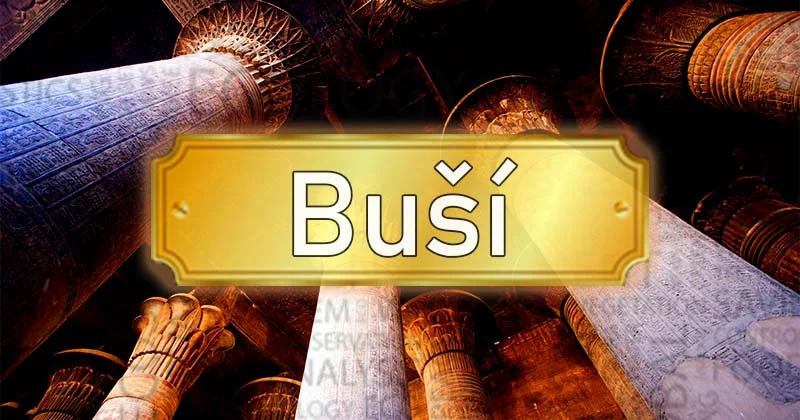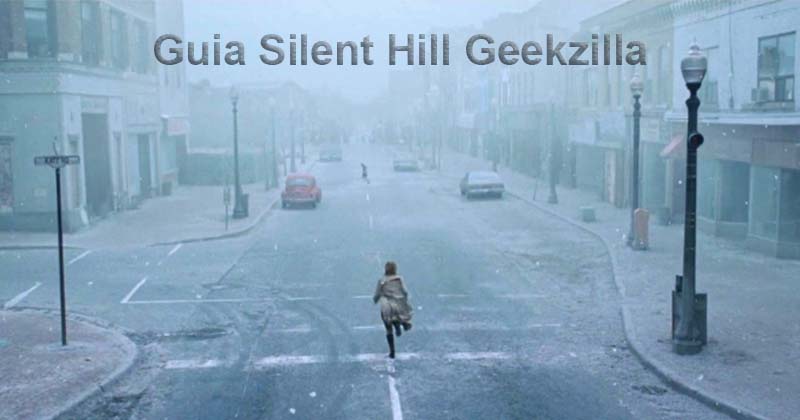You may not be familiar with the term “buší,” but this ancient word carries profound significance. It embodies the subconscious, fueling our deepest thoughts and strongest emotions.
In this exploration, we will get into the mysterious world of buší, from its roots in an ancient Egyptian board game to its enigmatic plant counterpart.
The Ancient Board Game: Buší’s Origins and Evolution
Buší: A Game of Strategy and Chance
Buší is an ancient board game originating in Egypt 3,500 years ago, offers a unique blend of strategy and luck. Played on a looped board with 30 squares, each player maneuvers five game pieces using dice or sticks. The game’s simplicity—get all your pieces around the board first—belies its enduring appeal across centuries and continents.
Buší’s Migration Across Cultures
This captivating game migrated from Egypt to the Middle East, Eastern Mediterranean, and eventually Europe during the Roman Empire. Historical boards and game pieces, crafted from materials like wood and ivory, have been discovered in Egyptian tombs.
While still popular in Egypt and parts of the Middle East, buší remains relatively unknown in the West, offering a fascinating connection to ancient entertainment.
Unraveling the Origins and History of Buší
Buší’s Journey Through Time
Buší’s roots extend over 5,000 years, evidenced by paintings and artifacts found in Egyptian tombs. As it spread through Egypt, the Middle East and the Roman Empire, diverse cultures adopted their rules and game pieces.
The game experienced a resurgence during the Islamic Golden Age, only to decline and find a modern revival in the early 1900s when archeologists rediscovered its allure.
Modern Enthusiasm for Ancient Play
Today, buší has captured the imagination of game enthusiasts seeking to experience history firsthand. Recreations of ancient boards and game pieces allow contemporary players to roll the dice and move markers as their ancient counterparts did, creating a bridge between past and present.
The Peculiarities of Buší: An Unusual Plant’s Tale
Buší as a “Living Fossil”
Beyond the game, buší refers to an unusual plant, a “living fossil” largely unchanged for over 200 million years. Some specimens date back to the age of dinosaurs, presenting a primitive appearance distinct from modern plants.
Unique Characteristics of Buší
Buší’s pollination process relies on specific fungus gnats attracted to its fruiting bodies. This symbiotic relationship ensures the plant’s reproduction. Its growth cycle, contrary to typical plants, sees the most significant growth during autumn and winter along with a distinctive camouflage protecting it from herbivores.
The Cultural Tapestry of Buší: Traditional Huts and Community Bonds
Buší in Culture and Tradition
The term “buší” extends beyond games and plants to traditional huts central to the cultural heritage of certain regions. Serving as places of gathering, these huts become the heart of communities, fostering connections through shared meals, stories and celebrations.
Reflecting Values and Sustainability
Buší huts embody values of simplicity, resourcefulness and harmony with nature. Circular in shape and constructed with respect for the environment, these huts represent sustainable living and a deep connection to the land.
Where to Experience the Essence of Buší Today
Buší at Cultural Events and Festivals
For those seeking to immerse themselves in the world of buší, cultural events and festivals in Hawaii provide authentic experiences. Two notable festivals include:
Prince Lot Hula Festival
- Held annually in July.
- Dedicated to preserving and promoting hula.
- Showcasing ancient hula kahiko and modern hula auana.
Merrie Monarch Festival
- Held around Easter in Hilo, Hawaii
- Considered the Olympics of hula competition
- Featuring hula kahiko and hula ‘auana categories
Conclusion: Embracing the Wonders of Buší
In conclusion, buší transcends mere terminology; it represents a tapestry woven with threads of ancient games, enigmatic plants and cultural significance. Whether rolling dice in an ancient board game or experiencing the warmth of a buší hut in a traditional community, the essence of buší invites us to connect with our roots, appreciate the past and embrace the mysteries that enrich our understanding of the world.



